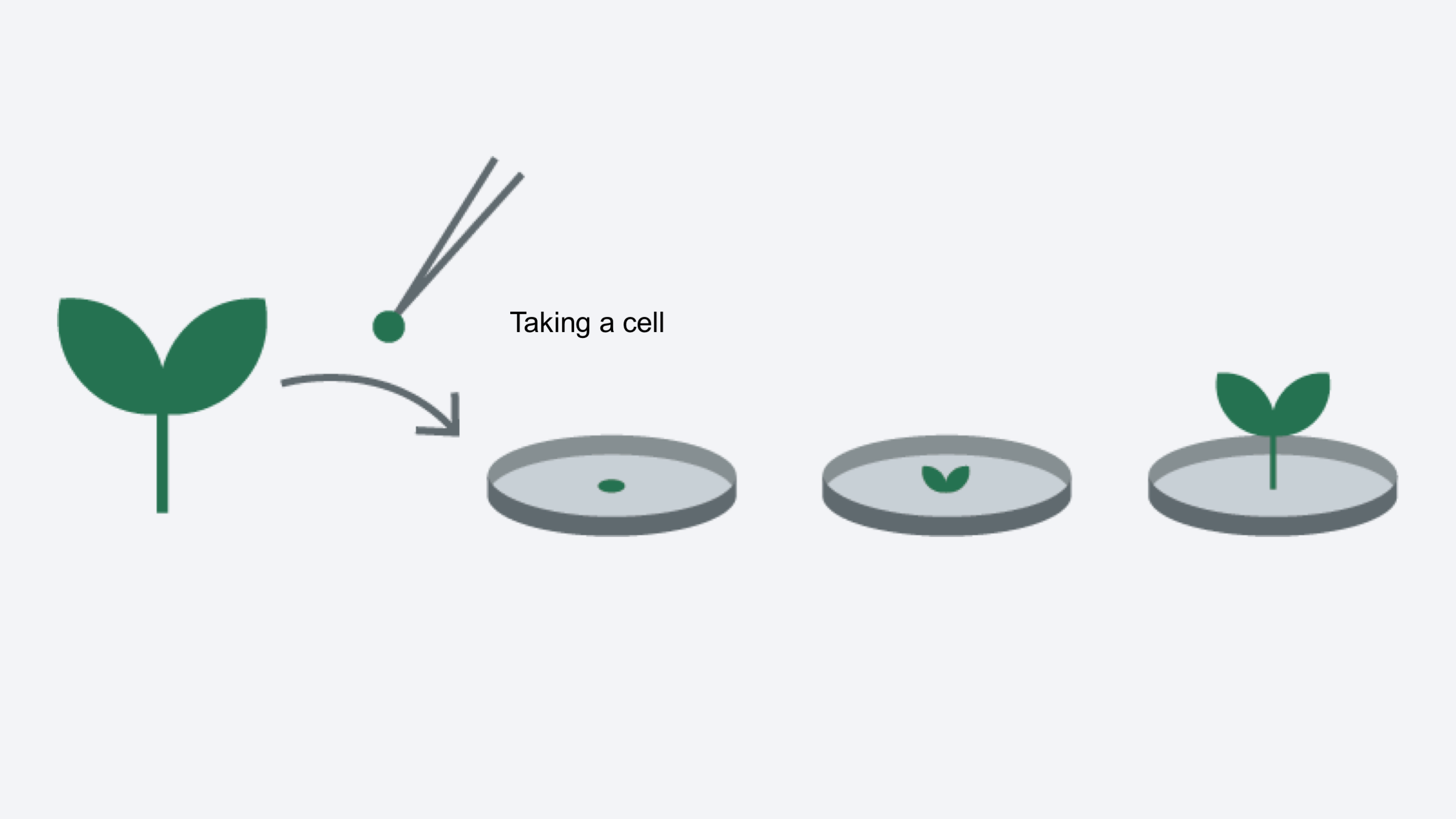Cell and tissue culture
Overview
In a nutshell
Using individual plant cells, entire plants are regenerated on growth media in the lab.
Advantages
Quickly generate many identical offspring of one plant.
Disadvantages
Any crop and tissue type requires its own “recipe”.
Development
Since the beginning of the 20th century. Practical use from the 1970s onwards.
Application at KWS
Cultivation of sugarbeets, maize, rapeseed, wheat, barley and rye.
An overview of our breeding methods
Your contact



